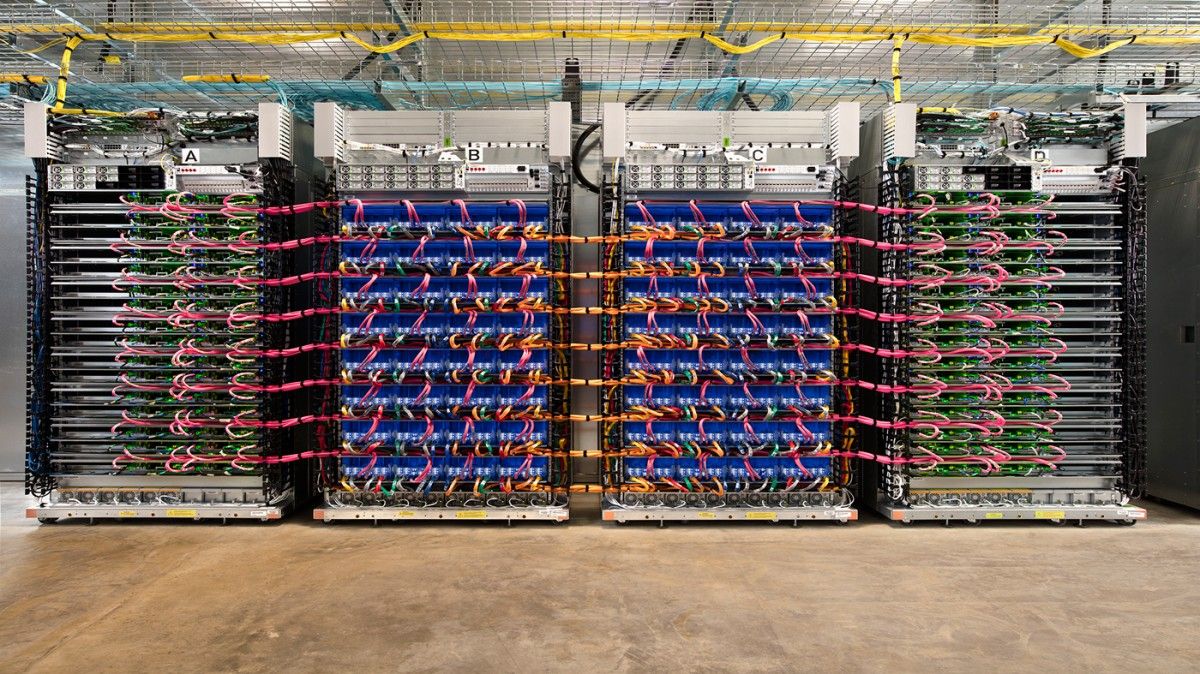Sep 9, 2017
EU Funds 20 Million Euro ARM+FPGA Exascale Project
Posted by Roman Mednitzer in categories: energy, supercomputing
At the Barcelona Supercomputer Centre on Wednesday (Sept. 6), 16 partners gathered to launch the EuroEXA project, which invests €20 million over three-and-a-half years into exascale-focused research and development.
Led by the Horizon 2020 program, EuroEXA picks up the banner of a triad of partner projects — ExaNeSt, EcoScale and ExaNoDe — building on their work to develop a complete HPC system based on ARM Cortex processors and Xilinx Ultrascale FPGAs. The goal is to deploy an energy-efficient petaflops system by 2020 and lay a path to achieve exascale capability in the 2022–23 timeframe.
All told, the European Commission is planning a €50 million investment for the EuroEXA group of projects, spanning “research, innovation and action across applications, system software, hardware, networking, storage, liquid cooling and data centre technologies.”
Continue reading “EU Funds 20 Million Euro ARM+FPGA Exascale Project” »


















